There is nothing quite like a garden alive with bees, busy buzzing between the blooms. And luckily there are many things you can do to attract bees to your garden.
Knowing you can make a difference to these important pollinators by merely adding a few plants rich in pollen and nectar, makes it a very easy and satisfying thing to do. Planting with bees in mind, brings a whole new dimension of sights, sounds and general well-being to your garden.
Singing the Blues for Bees
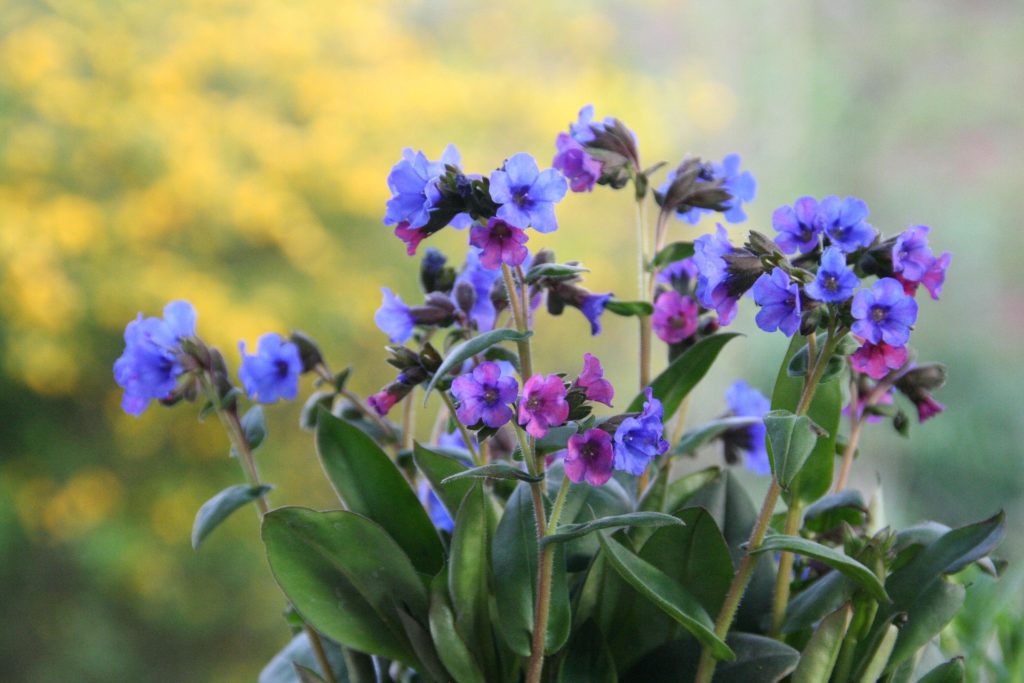
Pulmonaria 'Blue Ensign’ - good for partial shade, interesting leaves and pretty blue flowers.
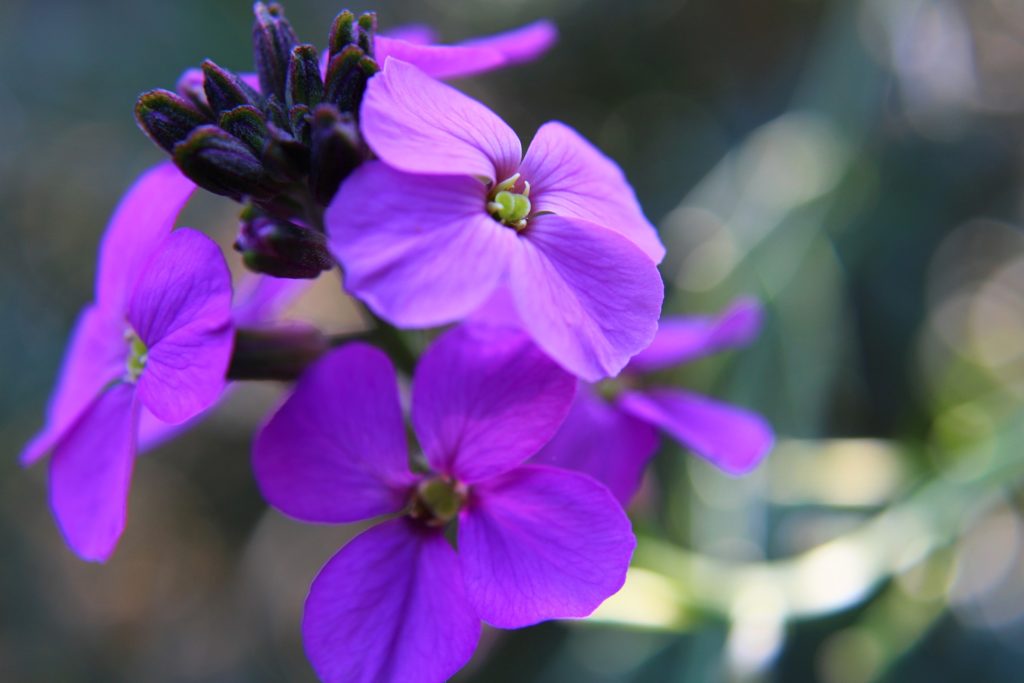
Erysimum ‘Bowles Mauve’ - a classic for pots and borders, scented and long lasting for many months.
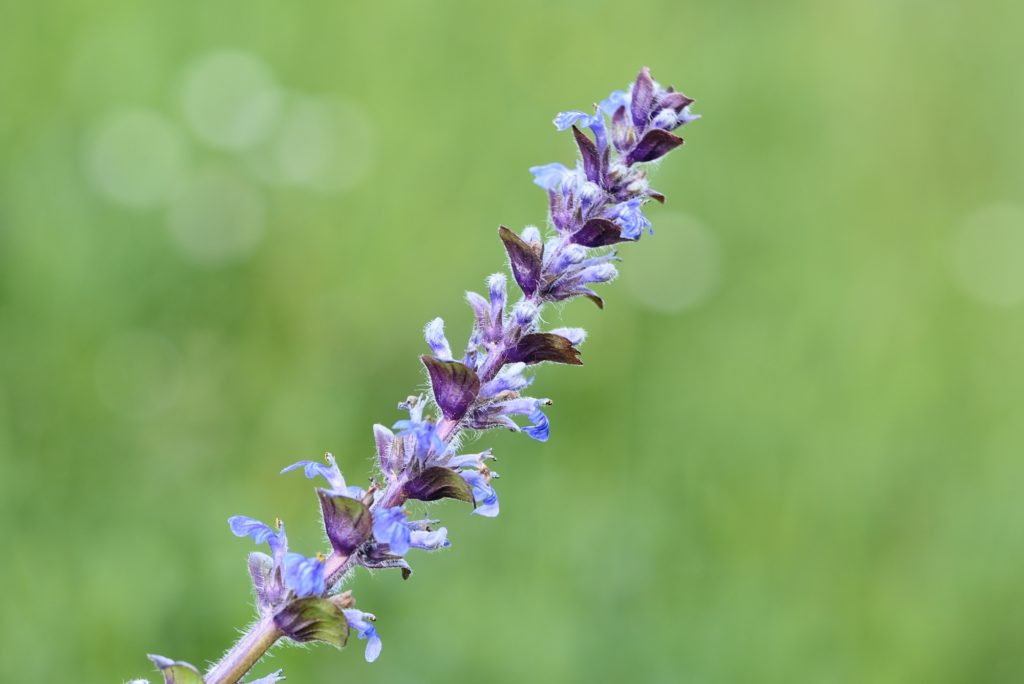
Ajuga reptans ‘Atropurpurea’ - ground cover with ‘chocolate’ leaves and spikes of deep blues.
Plant Now for Summer
And it’s a good time to sow now for swathes of Summer blue flowers for bees:
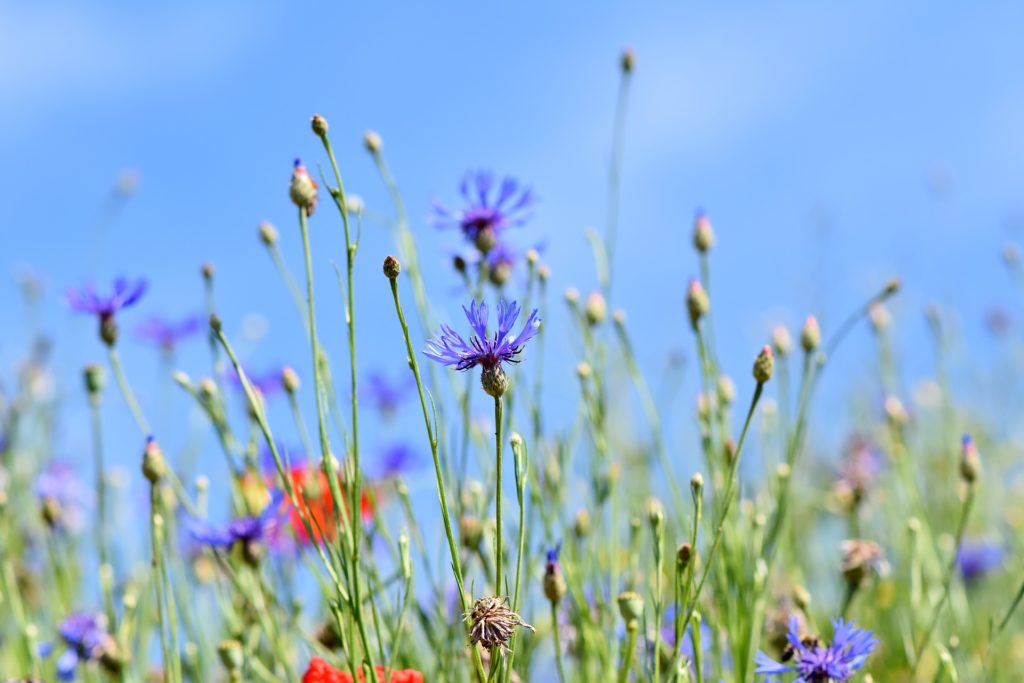
Cornflowers - Easy to grow, in a range of blues. And they look spectacular en-masse!
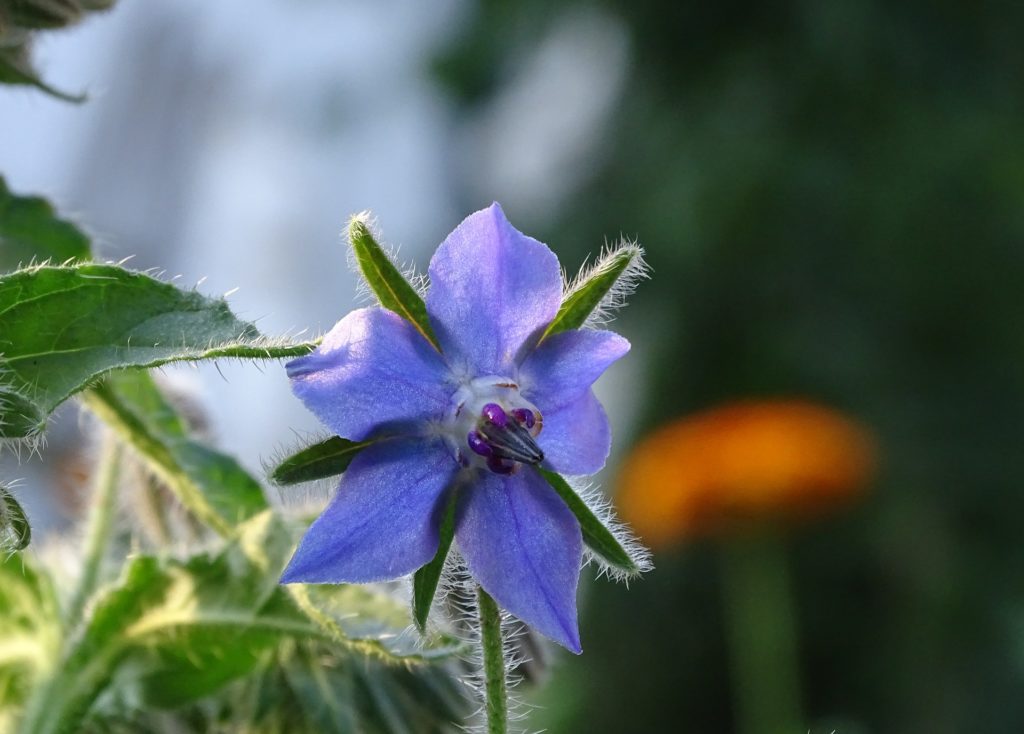
Borage - Easy to grow, an abundance of bright blue star flowers. This is possibly the easiest, most cost-effective way to attract bees to your garden. And the flowers add interest to ice-cubes for summer drinks.
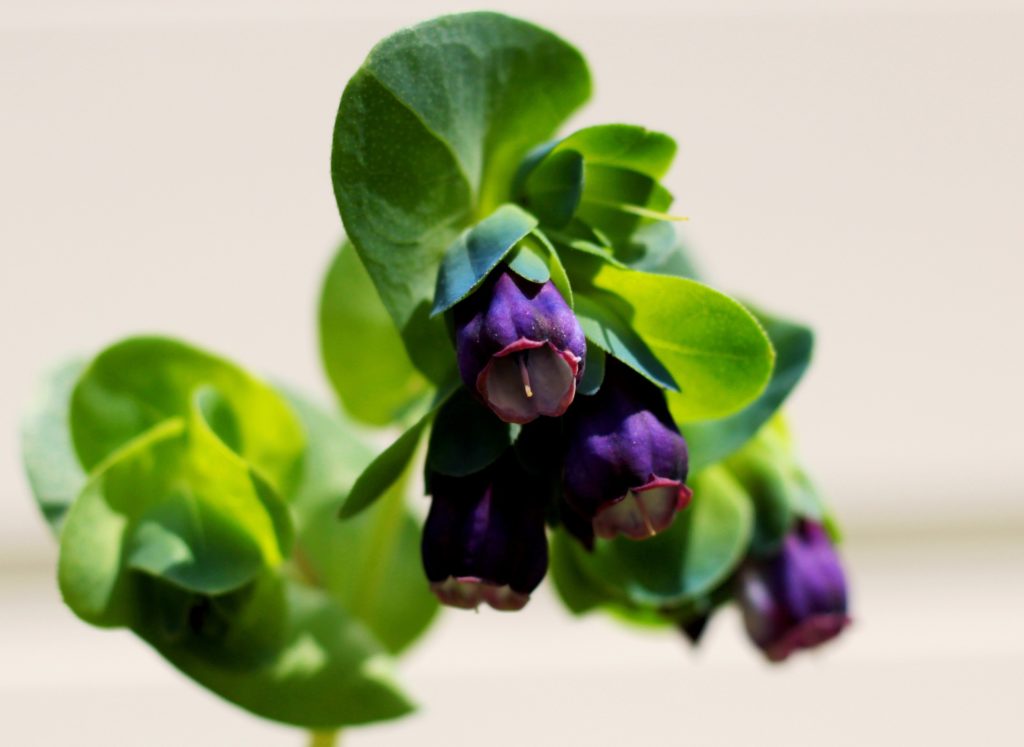
Cerinthe Major ‘Purpurascens’ - interesting dark purple and blue flowers with grey green leaves.
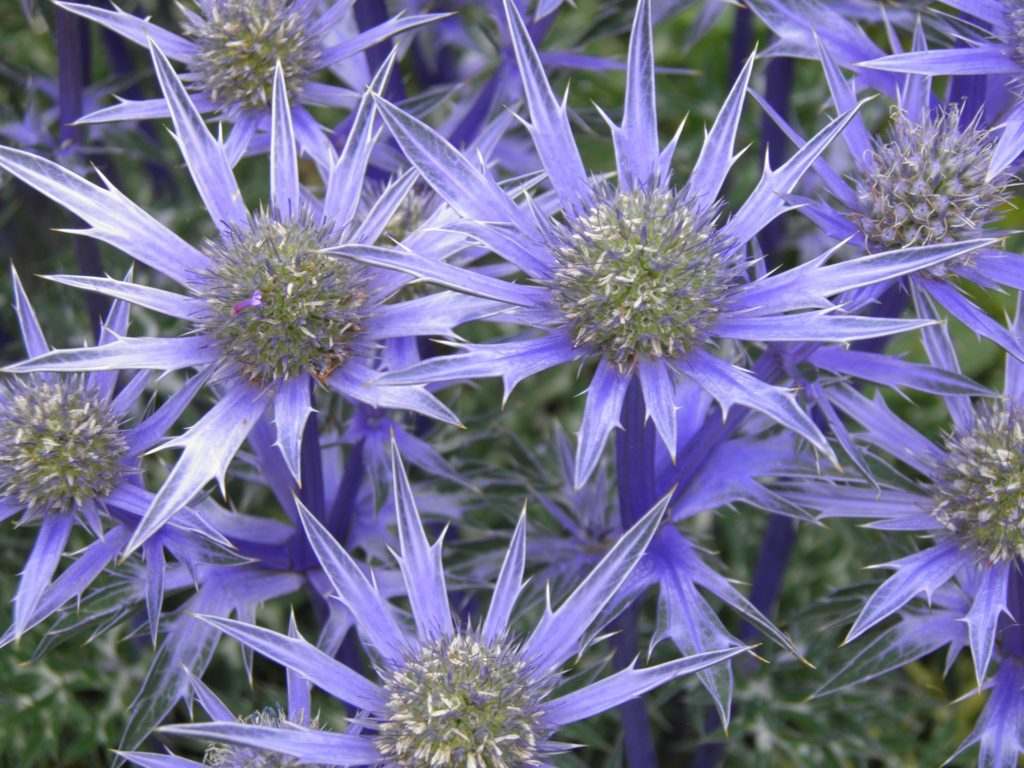
Eryngium spp - Sculptural and long-lasting in the border, self-seeds and provides seedheads for winter interest and seasonal wreaths. And sow seeds for a native wildflower amongst the borders, perhaps?
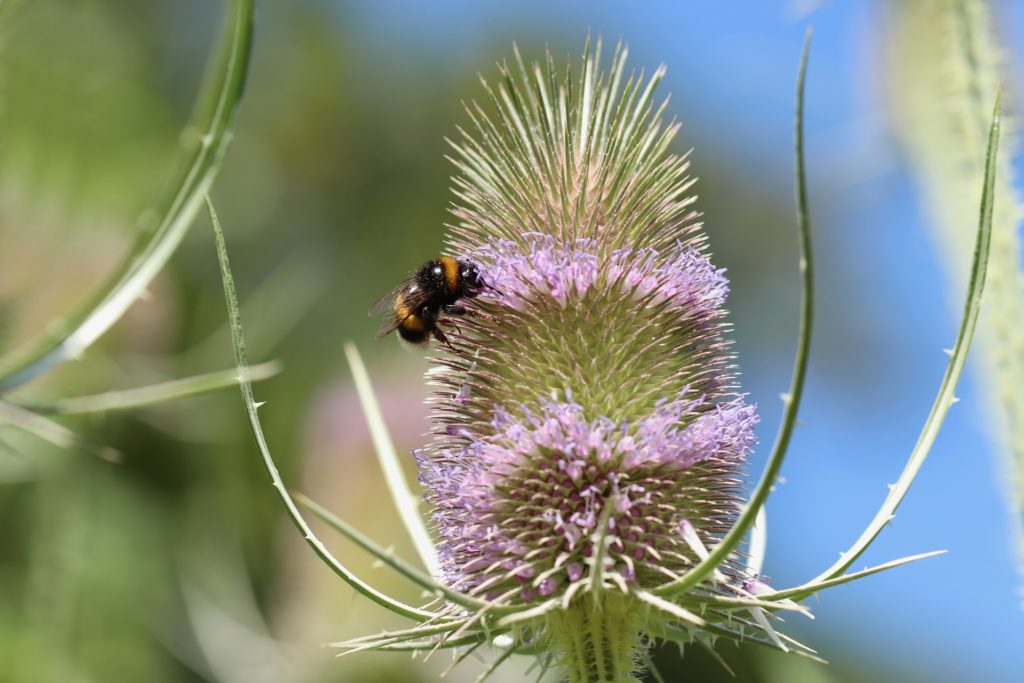
If you are thinking about planting a blue bee-friendly shrub, there are few to match the bee attractiveness of Ceanothus ‘Puget Blue’ AGM, or perennials such as Scabious spp, Catmint (Nepeta spp) and Geranium spp, (bees love Geranium phaeum var ‘Samobor’ in my garden and it flowers for months). Some of the best herbs for bees include Rosemary spp, and Lavandula angustifolia English Lavender, Hidcote Blue and Munstead; all good traditional varieties, and useful in the kitchen, too.
As for garden design, blues give the illusion of space and distance. Blues add depth to borders and, if planted en-masse, can be reminiscent of dreamy, tranquil bluebell woods. And who can resist that?
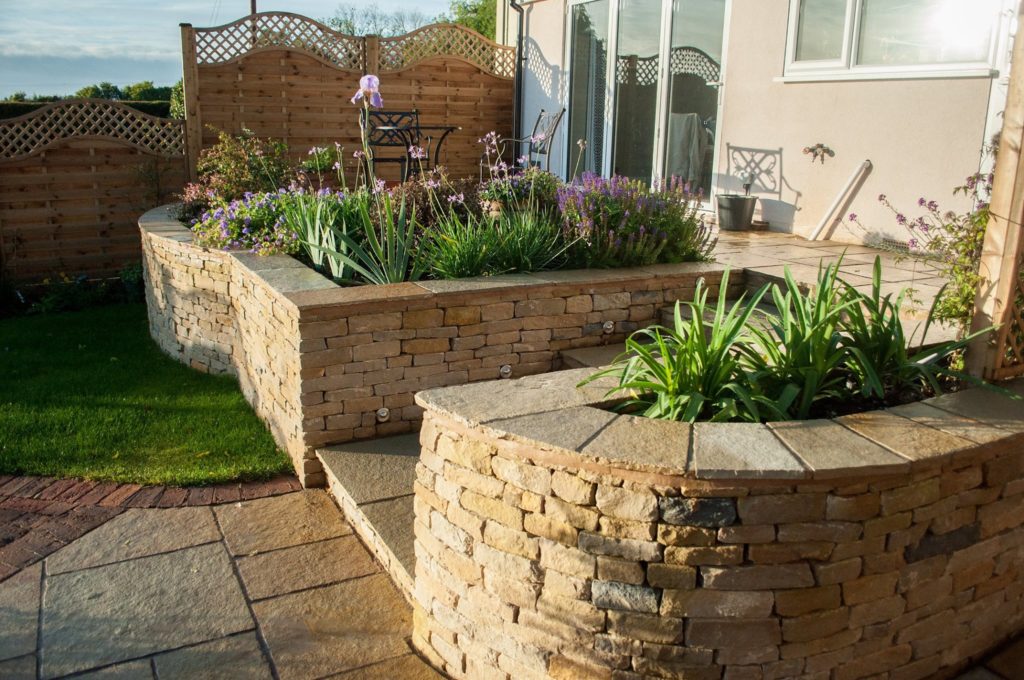
How can we help?
If you want a bit of help choosing plants to attract bees to your garden, or with any other aspect of garden design, landscaping or maintenance, don't hesitate to get in touch.
Get in touch with us today to find out more.